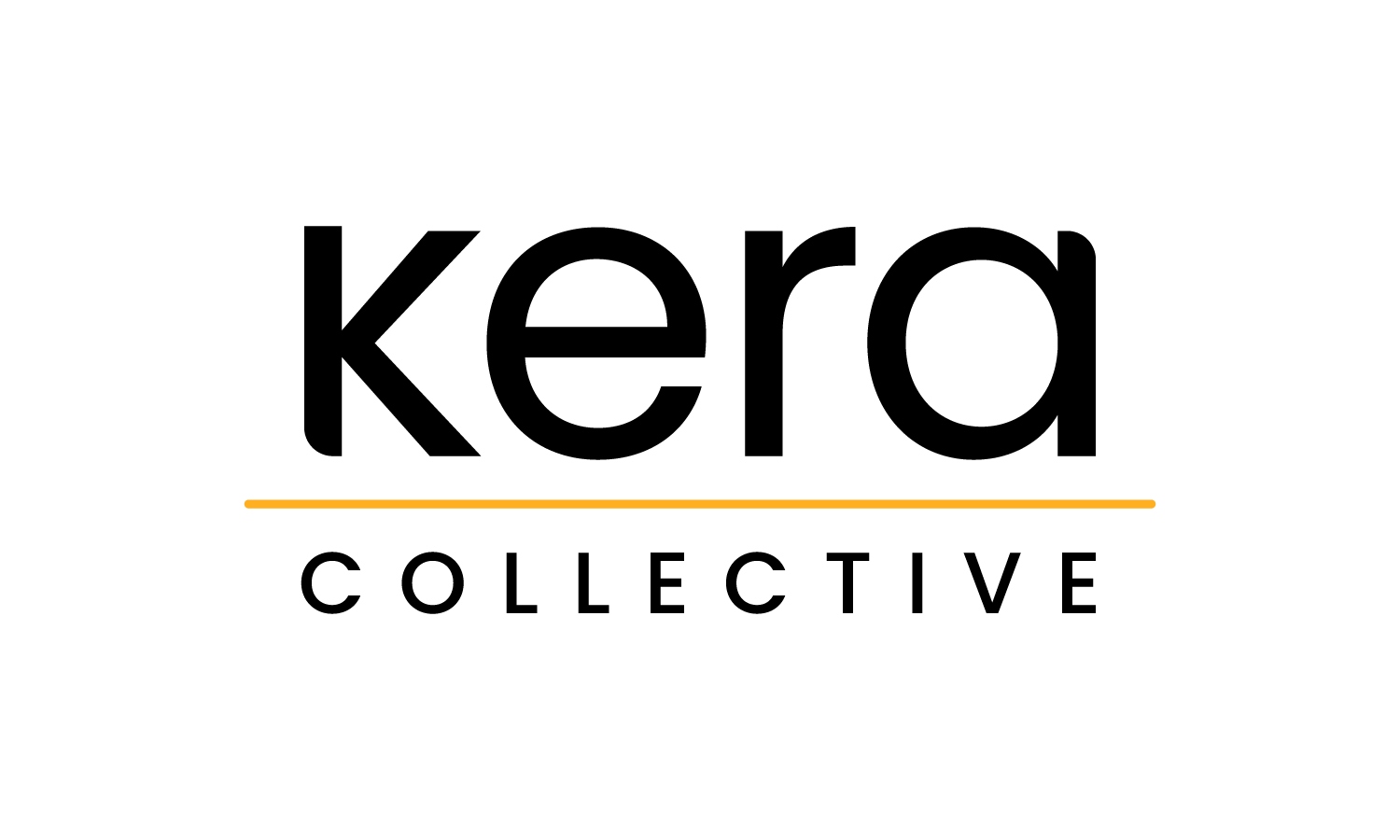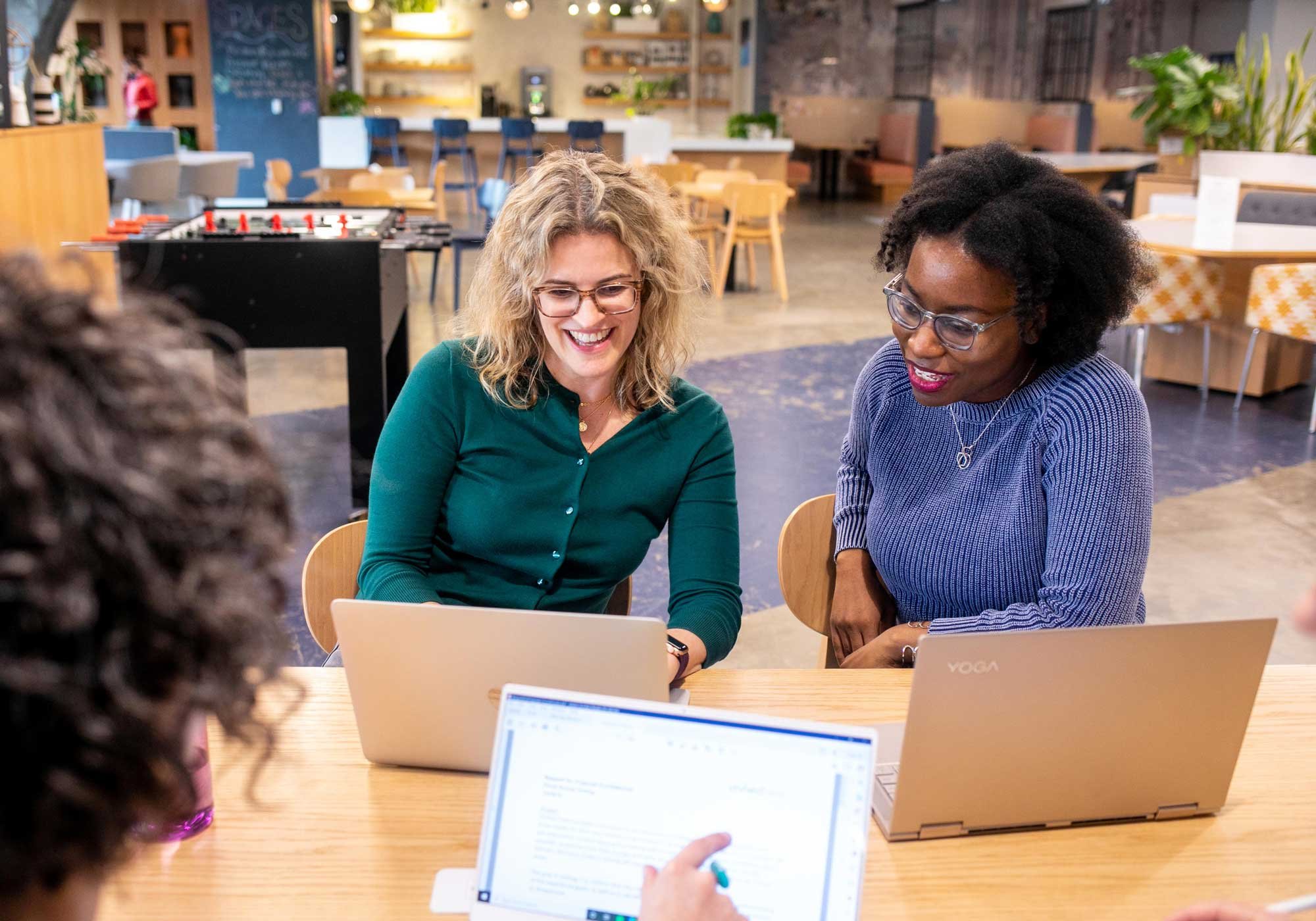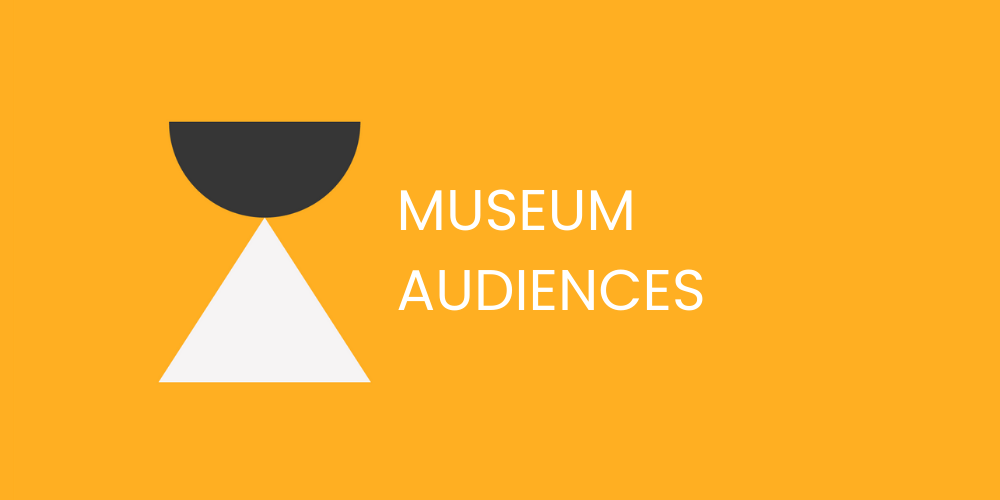
A space for our community to learn alongside us
Insights | Publications | Tools
The latest from our team
Expanding Accessibility in Museums: A Conversation with Christena Gunther
Christena Gunther, founder and president of Cultural Access Collaborative (formerly Chicago Cultural Accessibility Consortium), sat down with me to delve into what creating accessibility and inclusivity within museums and cultural institutions can look like.
Orientalism 101
As someone who has a background in anthropology and cultural studies, understanding orientalism is something that has become embedded in my approach to not only academic study, but to everyday life.
Is a Survey Really What You Need?
“Why don’t we just do a survey?” If I’ve heard it once, I’ve heard it a thousand times. Surveys are the first instinct for many museums seeking to learn about their audiences (and I’m sure the same is true across many industries).
Go through, not around
It can be tempting to take a shortcut or to try to get around doing something difficult.
But oftentimes, shortcuts and work-arounds do not lead to your desired outcome. This month, we share three very different resources that raise questions about what it takes to get stuff done.
Look Closer
Things aren’t always what they seem. The world is complex and always changing. So look close and get curious about why something is the way it is (or isn’t). Perhaps you’ll start to see something familiar in a whole new way.
How I Pursue Care Ethics in My Work
At this year’s National Art Education Association National Convention (NAEA), I presented (although not in person as intended) as part of a session called “The Ethics of Care: Love, Morals, and the Future of Museum Education.” As my former professor Dana Carlisle Kletchka described in our presentation, the Ethics of Care, or Care Ethics, is a philosophical approach to morals developed in the 1970s with feminist roots.
Making a Difference: Articulating Audience Outcomes
In our work at Kera, we often ask museum practitioners to articulate audience outcomes as a starting point for planning and evaluation. Audience outcomes are the difference a museum intends to make in its audiences’ lives through an experience (like an exhibition or a program).
Data-Driven Designed Experiences - Cathy Sigmond on Matters of Experience Podcast
Matters of Experience is a podcast about the creativity, innovation, and psychology driving designed experiences and encounters. In this episode, Cathy Sigmond chats with hosts Brenda Cowan and Abby Honor about how we use data and insights from human-centered research to help museums connect with their audiences and shape great visitor experiences.
Are You Just Checking Boxes?
This month, we feature three resources about the need for moving beyond performative gestures toward meaningful shifts to address social problems and inequities.
The Benefits of Budget Transparency in RFPs
In recent years, the museum field, like much of the nonprofit world, has faced a reckoning when it comes to salary transparency and equity, sparking change across the industry.
5 Tips for Designing Digital Museum Content
Digital museum content, such as digital exhibitions, online collections, and interactive experiences, is an excellent way to engage visitors and allow them to explore topics in more detail and on their own time. For instance, the National Gallery of Art recently shared that its website traffic has doubled since launching its daily puzzle game Artle in May 2022. By providing a unique, interactive experience, the National Gallery of Art has successfully encouraged more visitors to explore the many collections and programs the museum has to offer.
Say What You Mean
Language is the main way we communicate.
The words and phrases we use, whether intentional or subconscious, have enormous power to shape how we make sense of our world. This month, we’re sharing three perspectives on how language gives us meaning.
How Many is “Many?”
When analyzing qualitative data, our end goal is always to provide a sense of how much or how little an idea or trend came up within the whole sample. Sometimes, it’s very clear—people either say “yes, I liked this” or “no, I didn’t like this,” and there were no overlapping reasons why. But most of the time, it’s less straightforward and more nuanced. We have to interpret what people say based on many factors.
Listen Up Museums! Black History Month Edition
February is Black History Month. And while the responsibility of acknowledging the often overlooked contributions of Black people and inequities they face is a daily endeavor, February offers us an annual opportunity for organizations (particularly predominantly white ones) to look inward and consider whether they are living up to their anti-racist ideals.
Telling a Story: A Case for Case Studies
In African American literature, my field of study, citation is pivotal practice—one of call and response. Throughout college and graduate school, my African American literature professors would turn toward us, their students, and pause. After a breath, they would all say something to this effect: “Citation is important. Why? Because you are calling on the ancestors, Black thinkers and leaders, before you. Their voices are often left out of the historical record. In your research, you must not forget the voices you have learned from.” Today, as I approach museum work, I take this lesson with me.
Meeting People Where They Are
People bring their own values and beliefs to any encounter they have. To connect and resonate with people, it’s important to take into account their distinctive ways of making sense of the world.
This month, we’re sharing three examples of ways to meet people where they are.
How Museums Can Harness TikTok To Diversify Their Audiences
With a majority of TikTok users belonging to Gen Z, the platform can be a great way to pull in younger, diverse audiences that may not be as involved in or aware of museum happenings. Yet, social media moves at a hyper fast pace, with new trends appearing every day and heavily saturated feeds. Understandably, getting started on TikTok may seem daunting.
Tips, Tricks, and Lists for the New Year
Most of the time, if you have a question or a problem, you can guarantee that someone else does too. When we’re lucky, we find that someone out in the universe has taken the time to compile or describe the solution or the answers.
This month, we’re sharing some tips, tricks, and lists we found recently that are helping us out in work and in life!
A Cautionary Tale About Audiences and Assumptions
Most museums have a generalized notion of their audiences. They may broadly refer to “families,” “empty nesters,” “locals,” and “tourists.” But those broad categories tell us very little about what audiences value, care about, and believe in.
Finding Inspiration and Joy at the Close of 2022
With bad news a constant refrain in the world, it’s easy to allow negativity and worry to seep into our consciousness and overlook the joy all around us. So, this month, we’re sharing ways we’ve felt uplifted and inspired by our colleagues in the museum industry. We hope it brings you joy as we close out 2022 and prepare for a new year!










